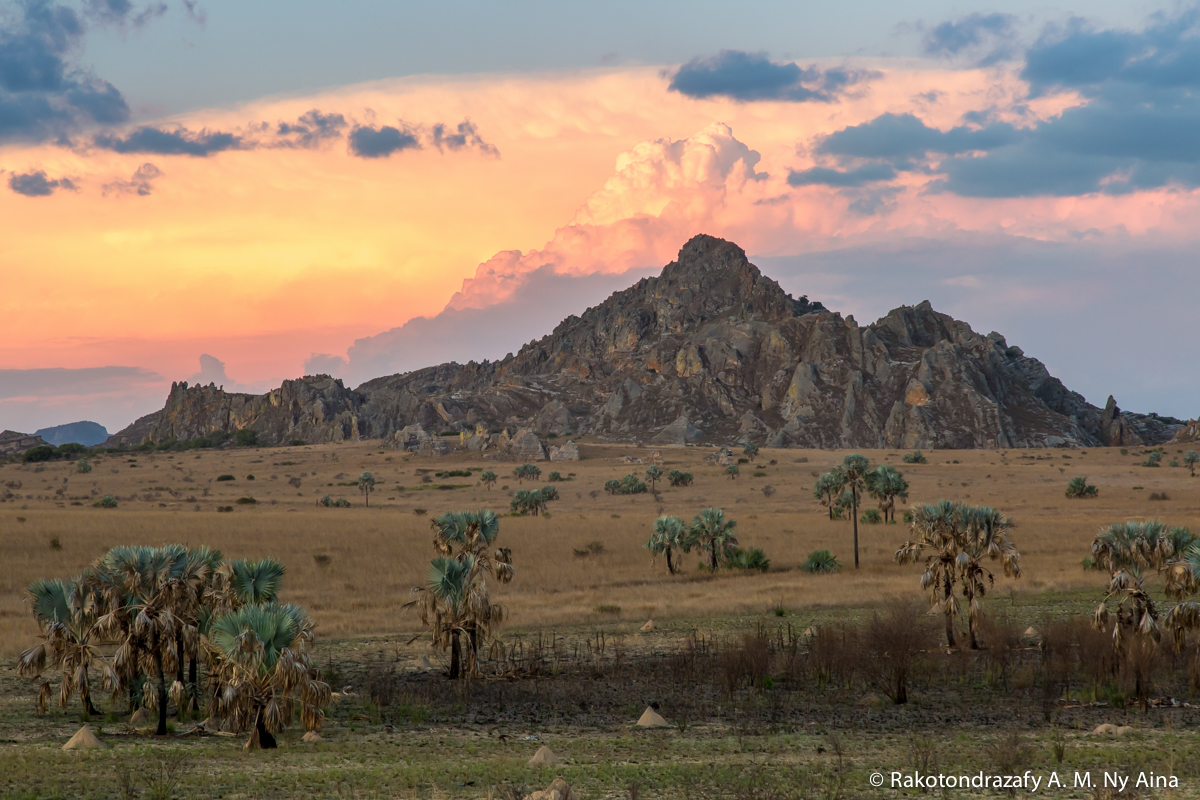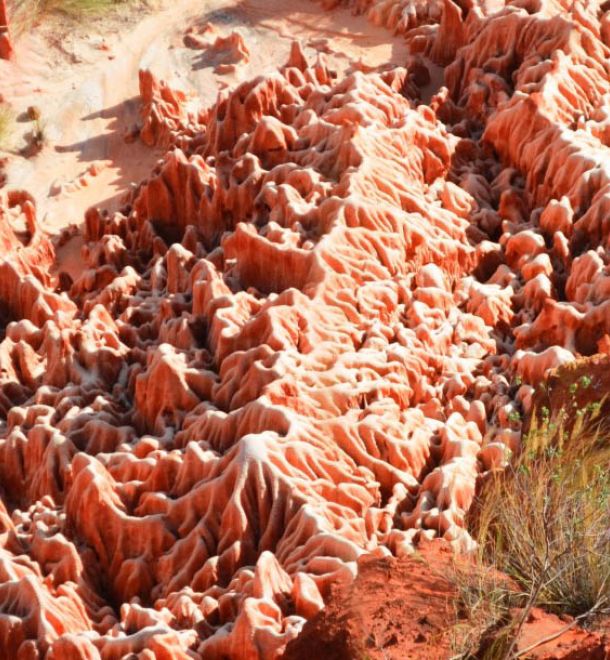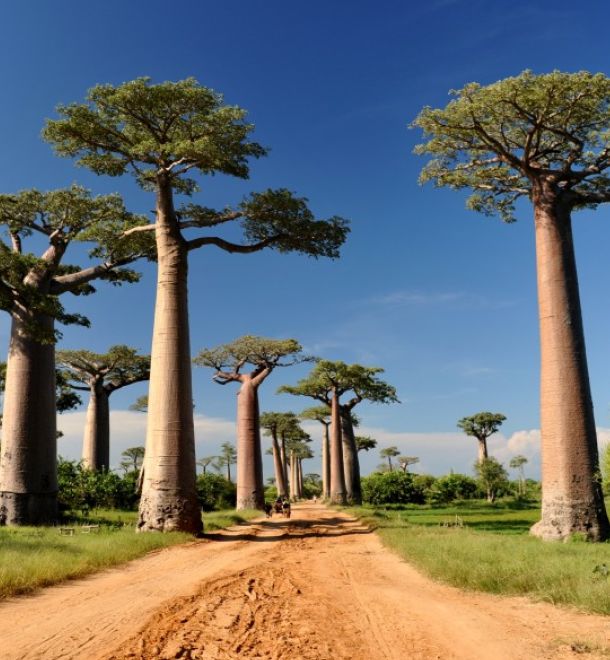Madagascar is paradise for landscape photographers. The country is rich in contrasting scenes of natural and human development. Wherever you turn, a colorful scene of mountains, human development, forests and water appears, all under a dramatic deep sky.

Red Tsingy
Real spectacle of sculpture and colors, the red tsingy will offer a magnificent recollection to the fascinated and patient visitors. Shaped by the wind and the rain, they are unique in Madagascar.. Different from the sharp monoliths as the grey tsingy, these red tsingy are whimsical and short-lived formations to discover absolutely. The sandy track snaking between the palm trees « satrana » is hardly accessible in rainy season, but the beauty of the tsingy, real hidden treasures, is really worth the travel Certainly the most beautiful pictures of your journey



Tsingy de Bemaraha
Tsingy de Bemaraha Strict Nature Reserve comprises karstic landscapes and limestone uplands cut into impressive 'tsingy' peaks and a 'forest' of limestone needles, the spectacular canyon of the Manambolo river, rolling hills and high peaks. The undisturbed forests, lakes and mangrove swamps are the habitat for rare and endangered lemurs and birds.

Rain Forest
The tropical rainforests of Madagascar are located in the low-elevation, humid, and narrow regional strip along the eastern coast of the island. Due to the low-elevation region in which the forest is located, this ecosystem is sometimes called the "lowland forests" or the "lowland rainforests." More than 2,000 mm of rain fall over this ecoregion. Due to its isolation, the island is a biodiversity hotspot with many endemic species This humid part of the island is very diverse in terms of animal and plant species. Endemism for most species on the island is about 80 to 90 percent. Out of 200,000 discovered species in Madagascar, 150,000 are found only on that island. Some of the diversity include: birds (42 of the 165 known breeding species are endemic), reptiles (50 species are endemic), amphibians (29 species are endemic), Malagasy palms (97% of the 171 species are endemic), and many more.



The dry forests
The dry, deciduous forests of western Madagascar are some of the world’s richest and most distinctive tropical dry forests. They are characterized by very high local plant and animal endemism at the species, genera and family levels. A significant portion of these forests have already been cleared, and the remaining forests are fragmented and critically threatened by uncontrolled burning and clearing for grazing and agriculture. Since human settlement of this region, an estimated 97 percent of the island’s dry deciduous western forests have been destroyed, and those remaining are extremely localized and isolated. This ecoregion also contains spectacular limestone karst formations, known as tsingy, and their associated forests, including the World Heritage Site of Bemaraha. The river systems and wetlands of this ecoregion are also critically endangered habitats, home to several endemic species of animal.

Paddy field
Traditional farming methods vary from one ethnic group or location to another, according to population density, climate, water supply. The most intensive form of cultivation is practiced among the Betsileo and Merina groups of the central highlands, where population densities are the highest.



Madagascar Mangroves
Mangrove forests stretch almost the entire length of the western coast of Madagascar. Their productivity is ecologically and biogeographically significant, and they also provide important habitat for numerous species, some of which are a major portion of the local diet




